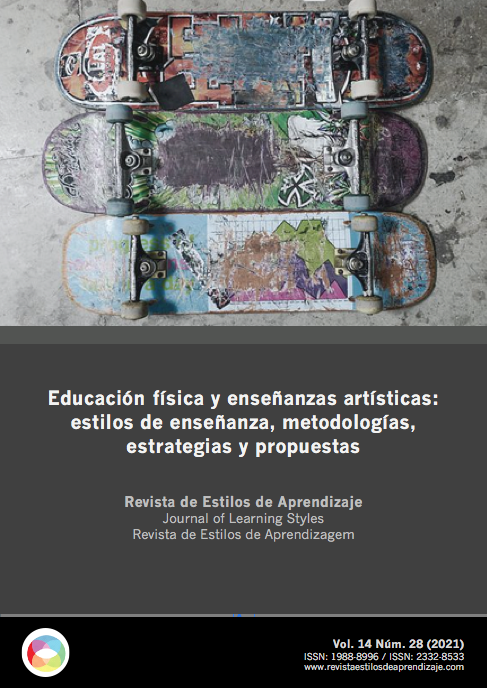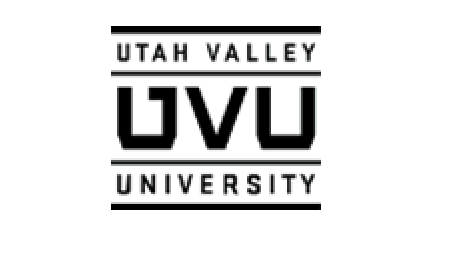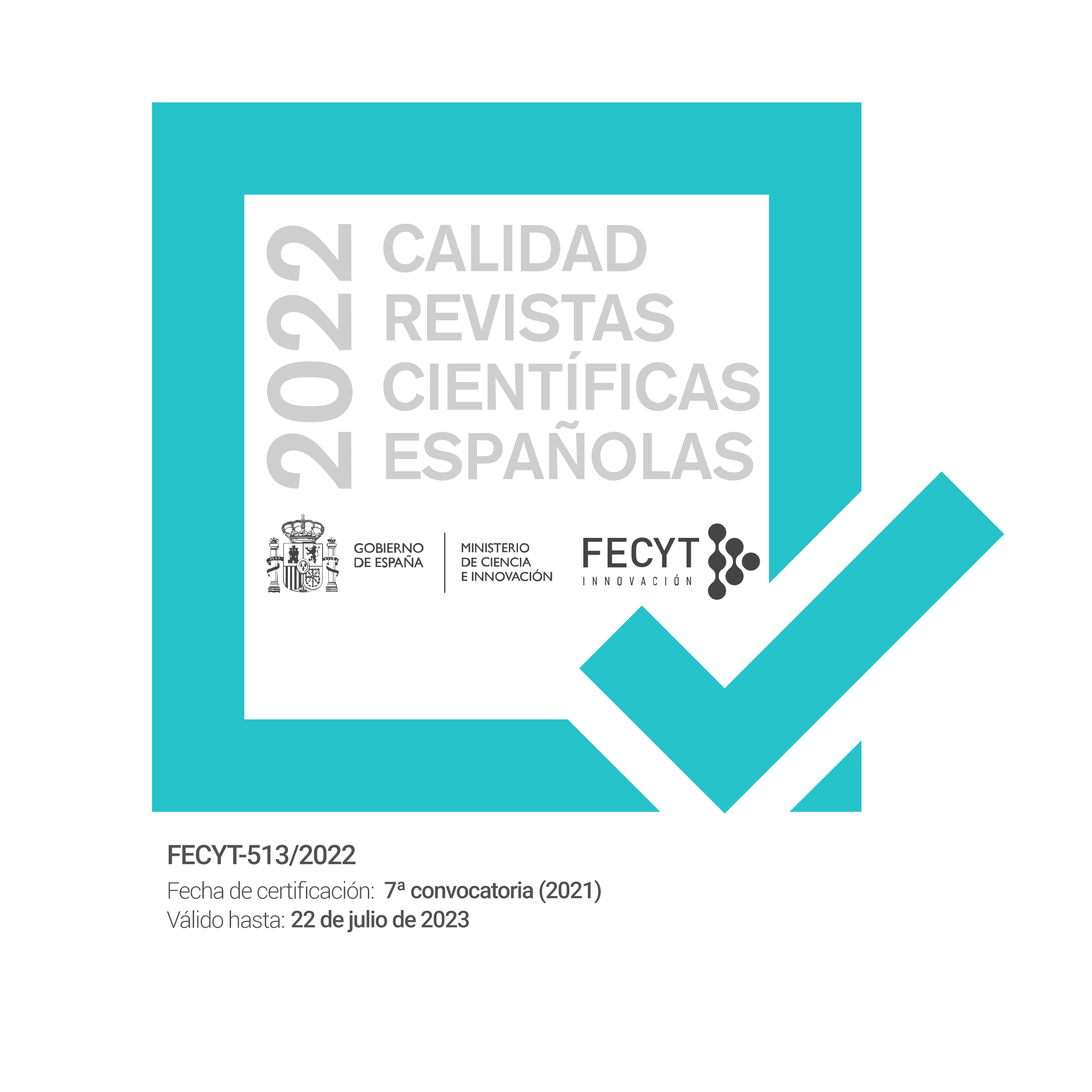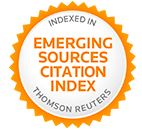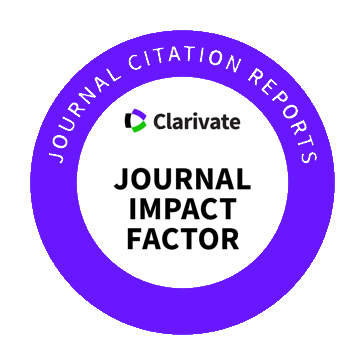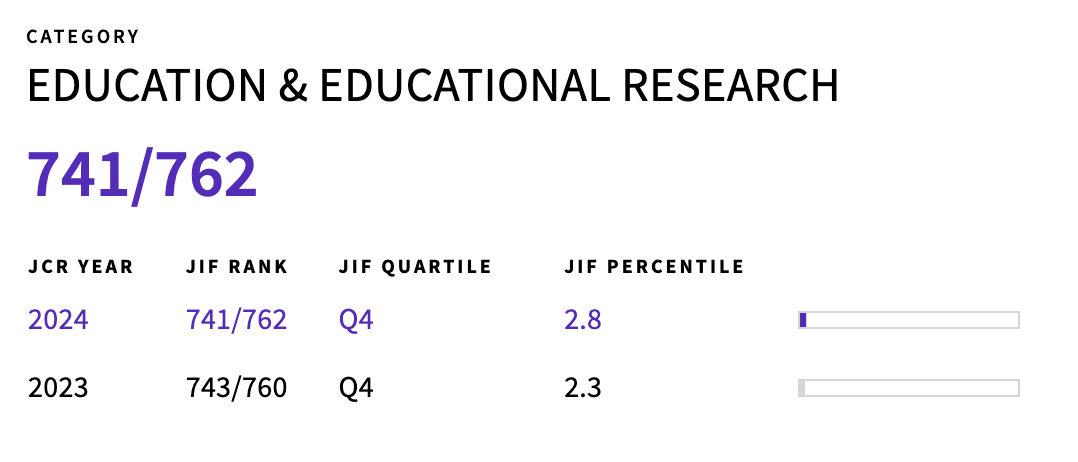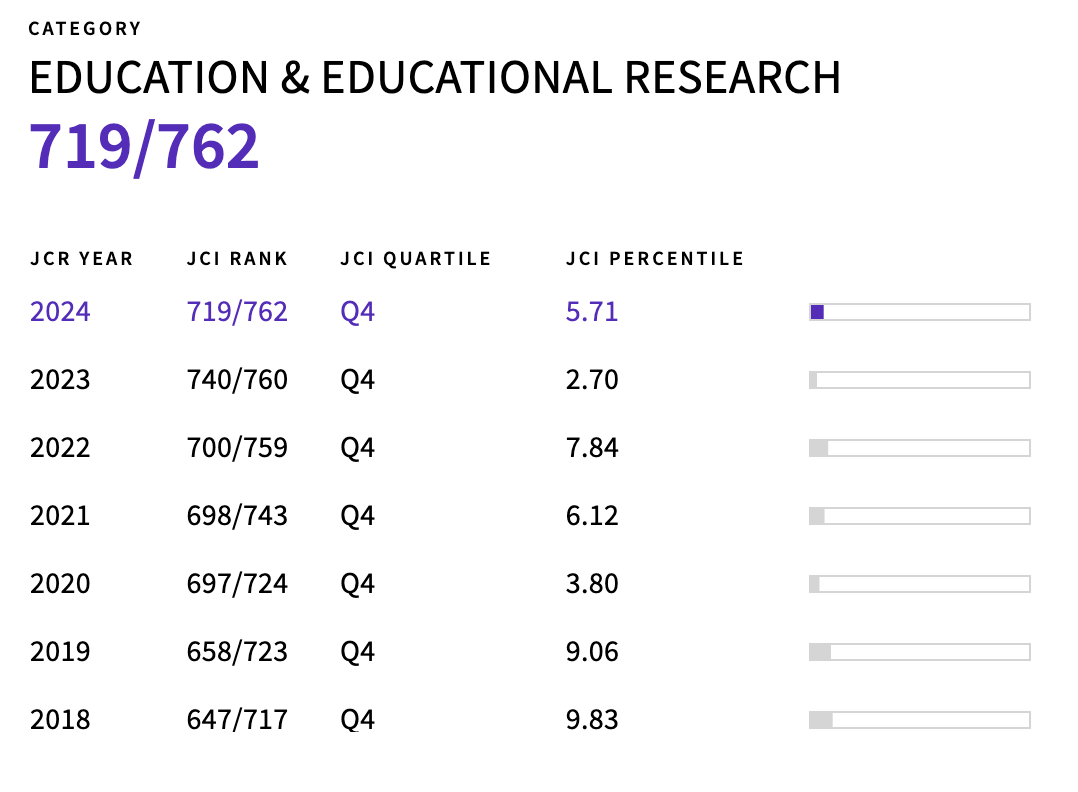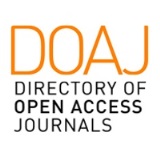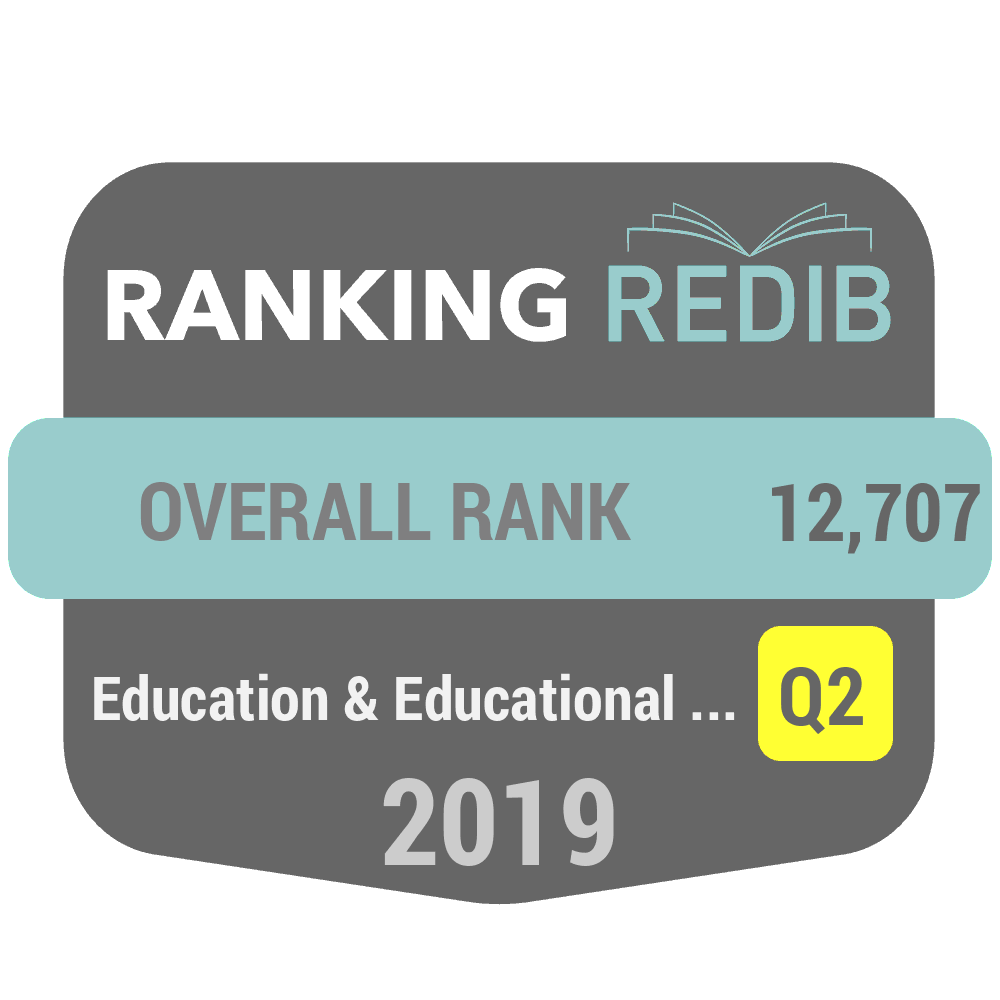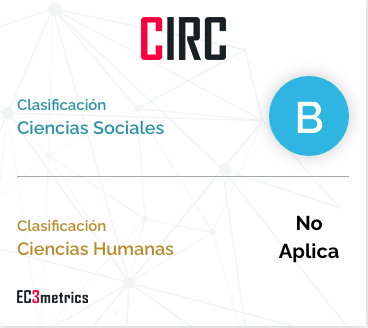Adaptation of active teaching techniques in the subject of reading, speaking and writing
DOI:
https://doi.org/10.55777/rea.v14i28.2614Keywords:
academic achievement; reading; oral and written communication; active learning; learning processes.Abstract
The objective of this project is to evaluate the effectiveness of active teaching techniques, centered on the students, as an alternative to improve learning outcomes in the subject of Reading, Oral and Written Expression (LEOYE). The adaptation of active didactic techniques in the subject was carried out with the following methodological procedure: a compilation of techniques was carried out; they were selected and adapted to the LEOYE subject; sessions were planned with the use of techniques from the beginning to the end, they were applied in class and products were generated. To evaluate the didactic techniques, the academic achievement of the experimental group was contrasted with that obtained by the control group. The outcomes of reading, oral and written communication showed that the implementation of active learning contributed to capturing the attention and interest of the students so that they assimilated the information and their learning processes. It is worth mentioning that the feedback, communication and empathy enriched the didactic work.
Downloads
References
Abarzúa, A., Carrasco, M., Flotts, M., Manzi, J., Polloni, M., y Zambra, C. (2016). Aportes para la enseñanza de la lectura. pp. 13-16. http://unesdoc.unesco.org/images/0024/002448/244874S.pdf
Arellano, J. (2019). Relación entre los estilos de aprendizaje y la elección de Especialidad Profesional en los alumnos de segundo año de la Educación Media Técnica Profesional con Formación Dual: Modelo VAK, Estilos de Aprendizaje, 12 (24) pp 50,51. http://revistaestilosdeaprendizaje.com/article/view/1355/2214
Arriagada, P., Chiang, M. y Díaz, C. (2016). Estilos de enseñanza y aprendizaje: ¿cómo dialogan en la práctica?, Estilos de aprendizaje, 9 (17) pp 7,8. http://revistaestilosdeaprendizaje.com/article/view/1045/1758
Barzola, V. (2017). Secuencias Didácticas. https://www.youtube.com/watch?v=LTSk3JazI2U
Diez, G., Flores, J, y Herrera, B. (2017). El éxito de la comunicación oral y escrita en español: un curso en línea. Revista Iberoamericana para la Investigación y el Desarrollo Educativo, 8 (15). http://www.scielo.org.mx/pdf/ride/v8n15/2007-7467-ride-8-15-00338.pdf
Essays, UK. (2018). Traditional versus modern methods of effective teaching. https://www.ukessays.com/essays/education/traditional-versus-modern-methods-of-effective-teaching-education-essay.php?vref=1
Ferreira, M, y Hernández, F. (2013). Learning through role-playing games: an approach for active learning and teaching. Revista Brasileira de Educación Médica, 37 (1). https://doi.org/10.1590/S0100-55022013000100012
Ferreiro, J. y Fernández, C. (2020). Una mirada a la evaluación por rúbricas a través de las TIC. Revista de Educación, 18 (1). http://scielo.sld.cu/scielo.php?script=sci_arttext&pid=S1815-76962020000100092
Flores, M. (2015). Aplicación de estrategias de retroalimentación inmediata con uso de dispositivos móviles en la comprensión lectora. Tesis doctoral, universidad de Chile, Santiago, Chile.
Hernández, R. (2001). Mediación en el aula. Recursos, estrategias y técnicas didácticos. Costa Rica. Editorial Universidad Estatal a Distancia en la ciudad de Montes de Oca.
Hidalgo, A. y Olaya, L. (2016). Estilística educativa y actividades para el desarrollo del lenguaje en el nivel preescolar de las escuelas públicas Jorge Gaitán Cortés y Colegio Cundinamarca de Bogotá Colombia. Estilos de Aprendizaje, 9 (17) pp 43,44. http://revistaestilosdeaprendizaje.com/article/view/1046/1759
INEGI. (2019). Población lectora en México con tendencia decreciente en los últimos 5 años. https://www.inegi.org.mx/contenidos/saladeprensa/boletines/2019/EstSociodemo/MOLEC2018_04.pdf
Lantis, J., Kille, K y Krain, M. (2018). Active Teaching and Learning: The State of the Literature. https://doi.org/10.1093/acrefore/9780190846626.013.427
Lluch, G. y Sánchez-García, S. (2017). La promoción de la lectura: un análisis crítico de los artículos de investigación. Revista Española de Documentación Científica, 40 (4) pp 2,12. doi: http://dx.doi.org/10.3989/redc.2017.4.1450
Lozano, A., Ramírez, E. y Zárate, J. (2017). Los estilos de aprendizaje y el rendimiento académico en estudiantes de cuarto semestre de bachillerato, Estilos de Aprendizaje, 10 (20) pp 198, 199. http://revistaestilosdeaprendizaje.com/article/view/1062/1779
Manríquez, L. (2019). Comprensión lectora y rendimiento académico en universitarios: implicaciones para la evaluación. En E. López, G. Maldonado, E. Huaire y C. Flores (Coords.), Hacia la investigación transdisciplinar: retos y desafíos de la sociedad contemporánea pp 106,107. Lima, Perú: Universidad Nacional de Educación Enrique Guzmán y Valle.
Ministerio de educación del Perú. (2017). Rúbricas de observación de aula #4. https://www.youtube.com/watch?v=lAi9XZ7DKhk
Pearson, P., Roehler, L., Dole, A y Duffy, G. (1990). Developing Expertise in Reading Comprehension: What Should Be Taught? How Should It Be Taught? pp 4,5, Estados Unidos de América, Editorial Advisory Board.
Romero, M. y Trigo, E. (2019). Entre la realidad y la experiencia en la formación de nuevos
lectores. Un análisis del discurso de especialistas más allá de la propia teoría. In C. Tatoj y S. Balches (Coords.). Voces y caminos en la enseñanza de español/LE: desarrollo de las identidades en el aula. p119. Universidad de Silesia: Editorial Universidad de Silesia.
Sagal, E., Carvajal, V. y Requena, M. (2021). La familia en la estimulación del hábito lector en niños de cuatro a seis años. VÍNCULOS-ESPE, 6 (2) pp 104,105. DOI: 10.24133/vinculosespe.v6i2.1790
Saucedo, M., Hernández-Sánchez, S., Díaz, J., Bautista, S. y Salinas, H. (2014). Indicadores de reprobación. Revista Iberoamericana para la Investigación y el Desarrollo Docente A.C, 5 (
. http://www.redalyc.org/pdf/4981/498150317007.pdf
Schank, R. (2008). Sólo se aprende haciendo. https://www.youtube.com/watch?v=AEh1157mok8
Soto, I. y Zuñiga, A. (2020). Estilos de aprendizaje bajo un modelo de programación neurolingüística y rendimiento académico en estudiantes universitarios. Espíritu Emprendedor TES 2020, 4 (3) p 80. DOI: https://doi.org/10.33970/eetes.v4.n3.2020.217
Trigo-Ibáñez, E., Santos, I. y Sanchez-Rodriguez, S. (2020). ¿Qué leen los adolescentes españoles? Un estudio de los consumos de lectura analógica. Platform & workflow by OJS/PKP pp 49,50. DOI:10.24310/revistaisl.vi13.11114
Zorraquín, V. (2018). ¿Por qué es necesario innovar en educación? https://www.infobae.com/opinion/2018/09/26/por-que-es-necesario-innovar-en-educacion/
Downloads
Published
How to Cite
Issue
Section
License
By submitting the original, the author(s) declare that they are aware of and accept, in full, the privacy policy as well as the copyright of the Learning Styles Magazine.
The Learning Styles Magazine offers free and open access to its content, completely free of charge, in order to bring scientific research to its readers and society in general. All digital contents are free and open access and are published under a Creative Commons license:

Rights are granted under the Creative Commons Reconocimiento-NoComercial-SinObraDerivada 4.0 Internacional (CC-BY-NC-ND 4.0)
The Learning Styles Magazine is an open access journal. Publication of articles or reviews in the Journal does not entitle you to any remuneration. For authors as well as readers, the journal is free Creative Commons Reconocimiento-NoComercial-SinObraDerivada 4.0 Internacional (CC-BY-NC-ND 4.0).
With this licence, the reproduction and dissemination of the contents of the magazine for educational, social and knowledge transmission purposes is permitted, without any profit motive in mind, provided that the source and authorship are not modified. The licence granted to Learning Styles Magazine allows the copying and distribution of the magazine's contents, as long as the authorship of the work is recognised, correctly specifying the author and the publishing entity. The work may not be used for commercial purposes, nor may it be altered, transformed or generated from this work.
The publication of articles or reviews in the Journal does not give the right to any remuneration.
The Learning Styles Journal invites the author/authors to increase the visibility and scope of their articles published by re-disseminating them in:
- Web spaces and personal networks, as well as in scientific meetings and forums
- Open institutional archives in Universities, educational repositories and Research Centres.
- Academic and scientific networks (Researchgate, Academia.edu, Plubons, etc.)
All these spaces and publications must include all the bibliographic data of the publication.

